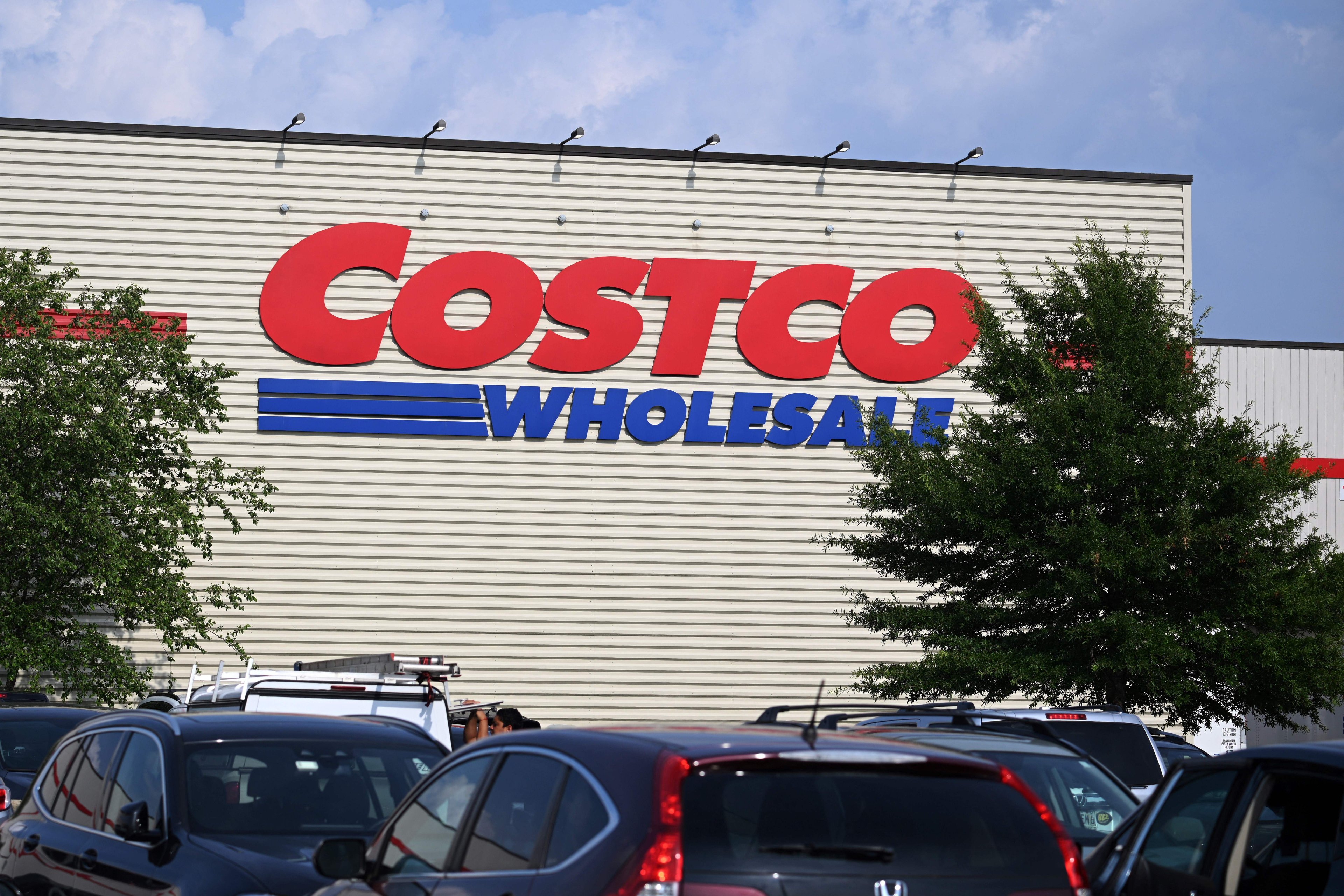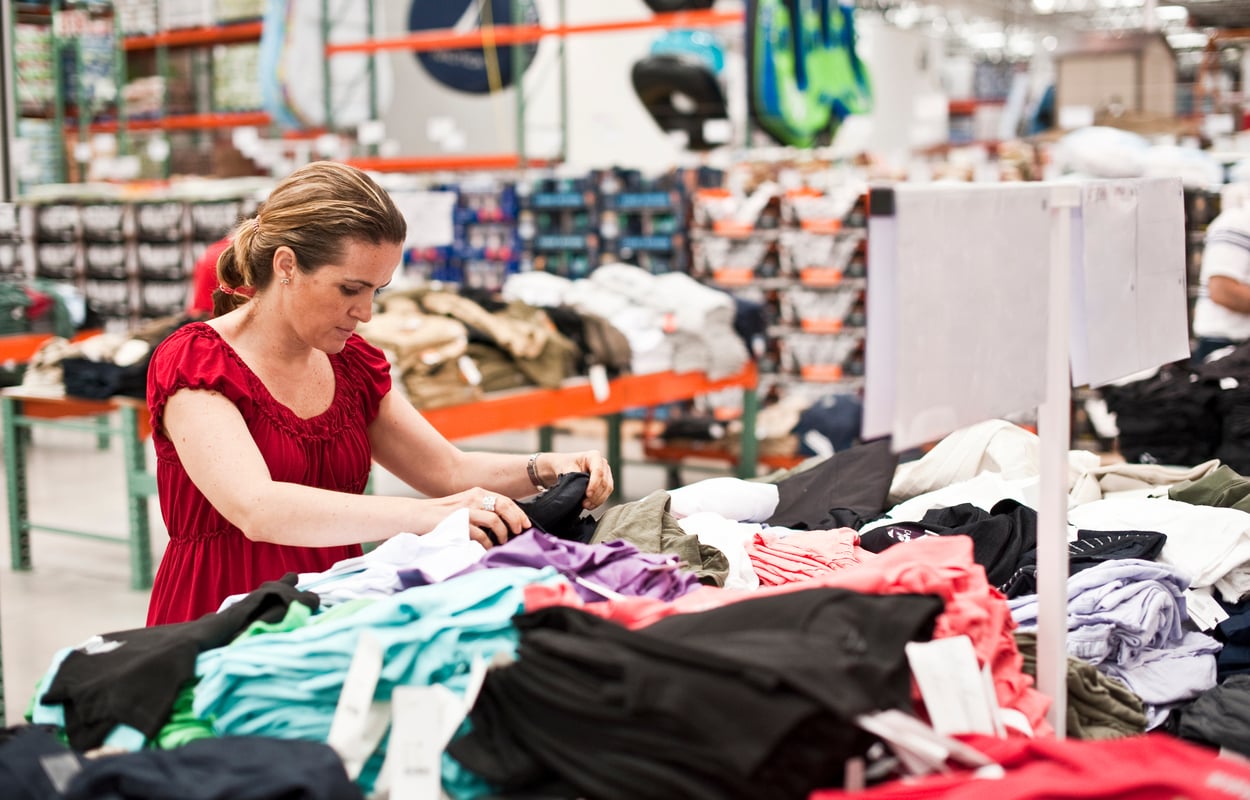Costco Wholesale (COST +0.00%) shut down its critics in 2018. The company proved that it wasn't going to become a victim of the retail apocalypse, and that it could adapt to the changing omnichannel environment. And on Thursday, it showed investors that its success has continued into its 2019 fiscal year.
The warehouse club's first-quarter sales rose 10.3% year over year to $34.3 billion. Same-store sales were up 8.8%, and e-commerce sales jumped 32.3%. In addition, net income for the quarter climbed to $767 million ($1.73 per diluted share), up from $640 million ($1.45 per diluted share) a year earlier.

Costco had a very strong first quarter. Image source: Costco Wholesale.
1. Memberships remain strong
Costco's business is fueled primarily by its membership fees: They deliver about 75% of the company's profits. Revenue from memberships rose 9.5% ($66 million) to $758 million in Q1. About half of that increase came due to a price hike it implemented in June 2017, according to comments made by CFO Richard Galanti during the company's Q1 earnings call.
The renewal rate in the United States and Canada climbed by 0.1 percentage points sequentially to 90.5% in Q1. Globally, Costco's renewal rate rose from 87.9% at the close of Q4 to 88.0% last quarter. Galanti also provided further details:
... Gold star at Q1 end was 41.3 million -- that compares to 12 weeks earlier at 40.7 million. Business primary, 7.6 [million], both at quarter end and year end. Business add-ons stayed at 3.3 [million]. All told, we ... ended last fiscal year with 51.6 million members. We ended Q1 at 52.2 [million]. Total cardholders at year-end from last quarter were 94.3 [million], and again, at this first quarter end, it was 95.4 [million].
2. It's still improving its e-commerce and omnichannel offerings
Over the past two years, the warehouse club operator has focused on making its e-commerce site easier to use. That effort continued in Q1, according to Galanti, who noted that the company redesigned its "home" categories. "We feel that the refresh made departments like furniture, domestics, and housewares ... easier to shop," he said. "With that change, we also expanded some of the product selection within those subcategories."
The quarter also included the one-year anniversary of the launch of Costco's online grocery shopping option. "Same-day grocery delivery is now available to members within a 20-minute drive of 99% of our U.S. locations," Galanti said. "Two-day grocery, which we do through our business centers, is available throughout the continental United States."
3. The U.S./China trade war remains a worry
Galanti was notably relieved that U.S. tariffs on certain items imported from China -- which were expected to increase from a 10% rate to a 25% rate at the beginning of 2019 -- would be staying at the lower rate for the time being. He noted that the 10% tariffs have not had a major impact on sales.
"We think we've done a good job. And as one of the senior merchants mentioned, this is what we do with regular price increases as well, cost increases," he said. "We figure out how to minimize it."
The company imported additional containers of seasonal merchandise in anticipation of a Jan. 1 tariff hike. That may have been premature, as the White House has postponed imposing those higher tariffs by two or three months, but Galanti noted that it's a fluid situation.
Built to last
Costco has demonstrated that it can adjust to the changing demands of its customer base. Based on its outstanding retention numbers, the warehouse club's members are happy with what it's doing, and are not going anywhere anytime soon.
Indeed, the membership numbers act as a sort of warning bell for possible problems. If they were to dip, that would signal to the company that it needs to make changes. So far, that has not happened, which suggests smooth sailing ahead for Costco shareholders.






